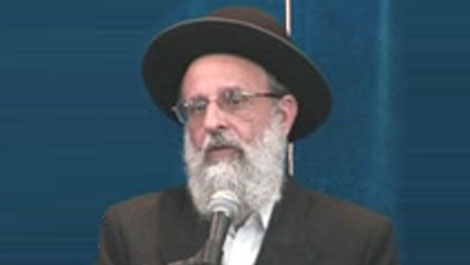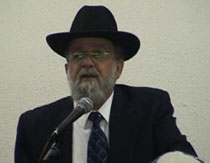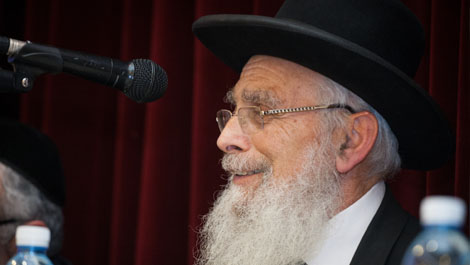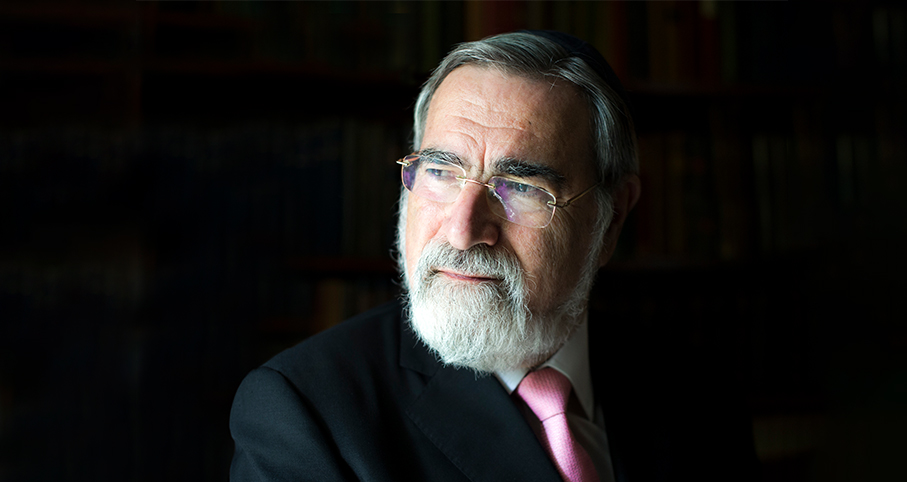Beit Midrash
- Sections
- Chemdat Yamim
- Parashat Hashavua
- Torah Portion and Tanach
- Shmot
- Tetzave
One can ask the very simple question: whose (or what’s) sound is heard and for what purpose? The Rashbam says that the bells’ sound reminded people that they were forbidden to be in the Mishkan when the kohen gadol went in to for his special service (see Vayikra 16:17). According to this approach, the point is to protect others from dying for being at the wrong place at the wrong time. Ibn Ezra understands that the sound is the voice of the kohen gadol, whose prayers are apt to be accepted when he goes about his service with his special clothes; the bells are thus not the main thing.
The Ramban says that it is the bells that can be heard. The Torah goes on to stress that although it is strange for there to be bells on such distinguished garments, it is necessary so that "he should not die." The sound functions to ask permission of Hashem to enter the sanctuary, as we have found the caution one must use before entering the inner quarters of a human king (see Esther 4:11). This idea is reminiscent of the moral advice that Chazal (Vayikra Rabba, Acharei Mot 21) give that one should not enter even his own home without warning (our pasuk is cited as corroboration). The Ramban provides another possibility: the bells chase out the angels, for otherwise the angels could endanger the kohen gadol when he enters.
The Chizkuni understands that the purpose of the bells’ sound was to enable those outside to track the kohen gadol and thereby be able to have the proper kavana according to his progress in the service. One of the Abarbanel’s explanations also connects the sound to kavana, just that it is to remind the kohen gadol that he is in an especially holy place and should thus be extra careful with his thoughts and not die. In another explanation, he says that the sound was testimony to the fact that the kohen gadol was moving and thus alive.
Let us end with three additional comments: 1) The Yerushalmi says that the sound served as atonement for the sin of unintentional murderers. Since the death of the kohen gadol is the other form of atonement, the bells could thus cause the kohen gadol’s death to be pushed off. 2) The Kli Yakar says that the bells atone for lashon hara, in whose merit people will be spared of death. 3) The Degel Machane Yehuda says that the pomegranate-shaped bells remind us of the sinners in Israel who are filled with mitzvot like the seeds of a pomegranate. Hearing that sound, then, is important because any prayer in which Israelite sinners are not involved is not a prayer (see Keritot 6b).

Parashat Hashavua: Can One Give a Loan to Hashem? – part II
Rabbi Yossef Carmel | Elul 5785

Parashat Hashavua: How to Ensure a Future of Torah
Rabbi Yossef Carmel | Cheshvan 5786

Capital before King
Rabbi Yossef Carmel | Iyar 23 5778






















